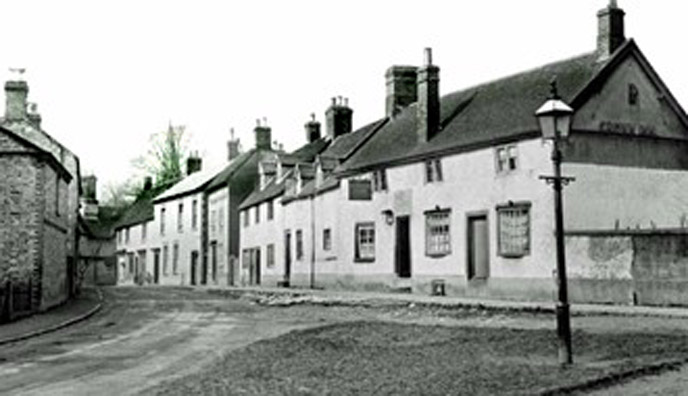In nineteenth century Southam it was recognised that there were ‘… drunkards who go in and get drunk week after week. They are known to the police, to their neighbours and to the publicans to be drunkards and yet they are supplied in these houses until they are drunk …’
Drinking all too often resulted in crimes with serious outcomes. In October 1863 Inspector James Gaskins was involved in a case resulting in the conviction of Charles Beere for the murder of Charles Plummer, a sixty-seven-year-old retired farmer who was out walking one Sunday afternoon with his nephew Thomas Ricketts, a farmer from Fenny Compton. Beere and his brother had both been drinking locally all day before they came upon the two farmers and an altercation broke out over Charles Plummer’s dog, ultimately leading to the brutal murder. Although the case was clear cut, Beere only received a verdict of manslaughter, claiming he was initially provoked and was ‘under the influence of drink’ – although bizarre, it was often a mitigating defence in cases of assault.

One of Southam’s Inns – The Crown (Southam Heritage Collection image)
Assaults were often associated with drunkenness and riotous behaviour that had to be dealt with by the police, as was the case on June 7, 1875 in Napton, when Inspector Walker had to arrest no fewer than seven individuals. Initially, Job Sheasby, a higgler (itinerant hawker) was charged with not only being drunk and riotous, but also with striking an old man, Jonathan Haynes, without provocation. Despite his protestations of innocence, Sheasby was fined 4s 6d with 13s 6d costs for being drunk, and £1 for the assault. On the same day John Lines and George Sheasby, labourers, were charged with being drunk. Evidence emerged that the men were engaged in: ‘… carrying the body of a woman who had died from smallpox … were given a bottle of brandy and some beer … became drunk and could not stand the coffin …’ The vicar had to wait until midnight in the churchyard for the coffin to be delivered.
In another case of drunken and riotous behaviour, a labourer, James Thornton from Fenny Compton assaulted James Edwards. The crime was committed as Edwards refused to join a ‘Labourers’ Union’, being called a ‘black leg’ before the assault.
In Southam in 1875, Inspector Walker had to deal with the licensee of the Dun Cow (now demolished, formerly on Daventry Road), Andrew Hough, being charged with permitting his inn to be used as a brothel. He was convicted of having permitted a man and a woman to lodge at the inn whilst he was absent. Admitting his guilt, Hough was shown mercy as he was of good character and had clearly been ‘taken in’ by the couple – he was merely cautioned as to his future responsibilities.
One final, serious case, occurred in November 1872, in Priors Hardwick, when a pig slaughterer, Edward Handcock, killed his third wife Betsy through jealousy and the effects of drink. He did not receive the same leniency as Charles Beere; this ‘wilful murder’ resulted in his hanging in Warwick on January 7, 1873.
Southam Heritage Collection is located in the atrium of Tithe Place opposite the Library entrance. Opening times Tuesday, Thursday, Friday and Saturday mornings from 10am to 12 noon. To find out more about Southam’s history, visit our website www.southamheritage.org telephone 07710 012052 or email southamheritage@hotmail.com You can also follow us on Facebook.

Leave A Comment